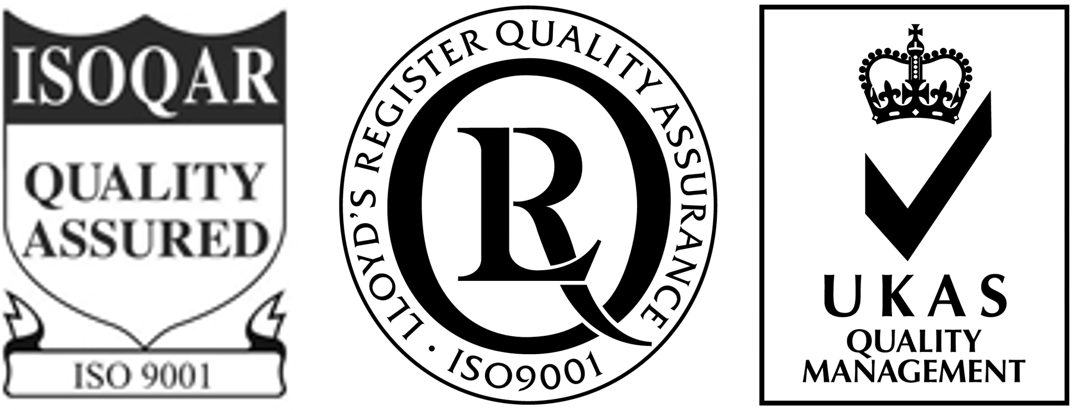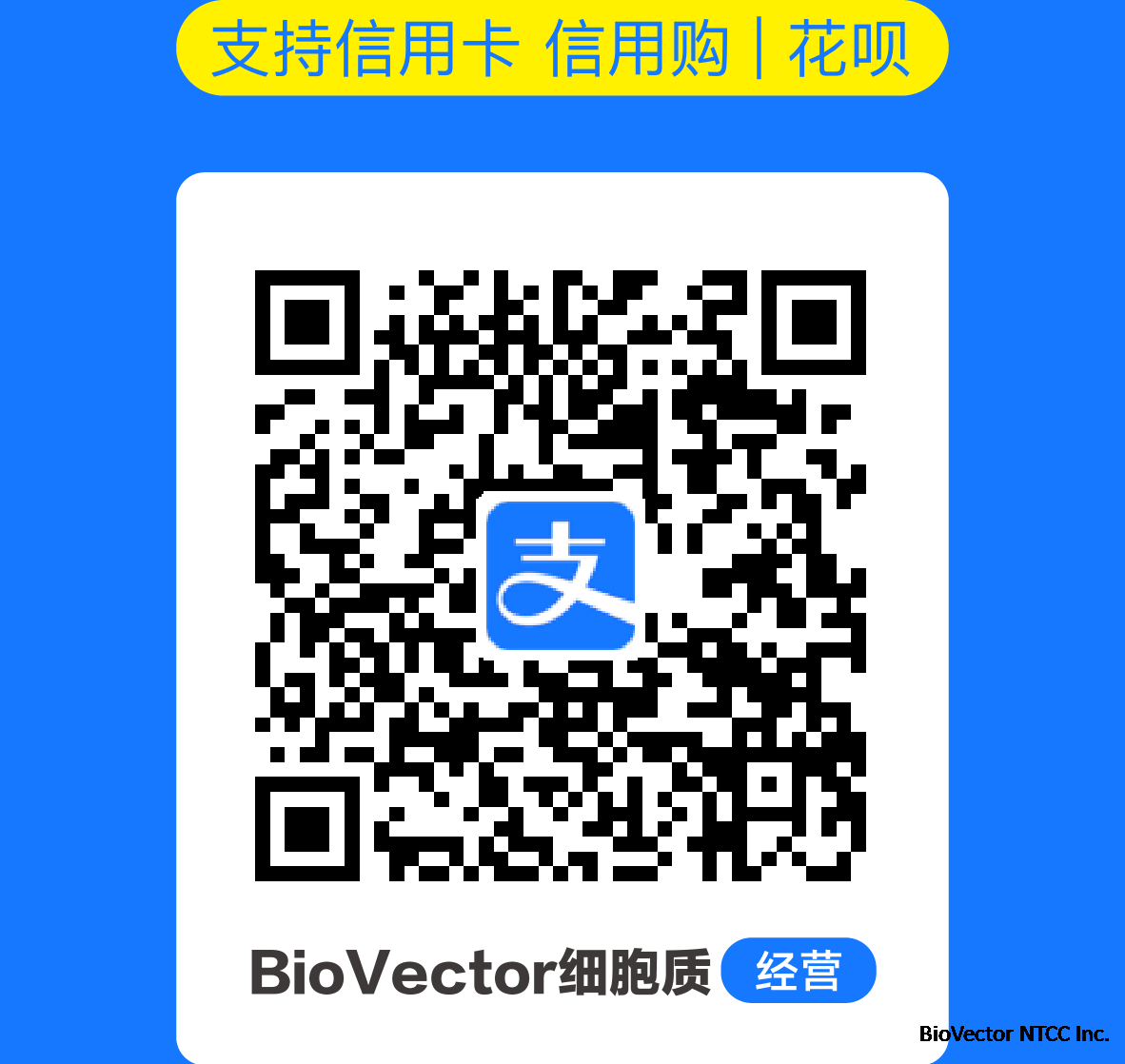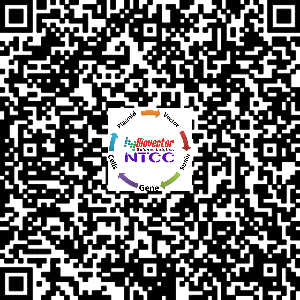E.coli Nissle 1917 strain大肠杆菌菌株-BioVector NTCC质粒载体菌种细胞基因保藏中心
- 价 格:¥39532
- 货 号:Nissle1917 E.coli
- 产 地:北京
- BioVector NTCC典型培养物保藏中心
- 联系人:Dr.Xu, Biovector NTCC Inc.
电话:400-800-2947 工作QQ:1843439339 (微信同号)
邮件:Biovector@163.com
手机:18901268599
地址:北京
- 已注册
E.coli Nissle 1917 strain
Pharmaceutical
Serotype: O6:K-5:H1
Mutaflor is a probiotic consisting of a viable non-pathogenic bacteria strain named Escherichia coli Nissle 1917.[1] The Escherichia coli strain Nissle 1917, is one of the best-examined and therapeutically relevant bacterial strains worldwide.
History[edit]
The Mutaflor strain was isolated by Alfred Nissle (original, German spelling Nißle) in 1917 during the first world war. As such, the strain was named after him as Escherichia coli Nissle 1917. It has been clinically studied and reviewed for over 80 years to prevent and treat an assortment of gastrointestinal disorders.[2] Mutaflor was prescribed by Theodor Morell to treat Adolf Hitler's gastrointestinal disorders, primarily flatulence.[4]
Medical use[edit]
Efficacy of Mutaflor for a variety of inflammatory bowel diseases has been tested through 80 years of clinical experience.[citation needed] There are numerous double-blind placebo-controlled studies showing the efficacy of Mutaflor in the treatment and prevention of gastrointestinal disorders.[citation needed]
Ulcerative colitis[edit]
For maintenance of remission of ulcerative colitis, there are 3 controlled, randomized, double blind (double-dummy) clinical studies which have proven equivalence of Mutaflor and the standard of care mesalazine (5-ASAs). These include Kruis et al. 1997, Rembacken et al.1999 and Kruis et al. 2004.
The recommended dose[citation needed] for prevention of relapse of ulcerative colitis or maintenance of remission of ulcerative colitis is one capsule per day for the first 4 days. Two capsules daily started on day 5
Chronic constipation[edit]
Two clinical studies have shown efficacy in the case of chronic constipation. These include Bruckschen et al. 1994 and. Möllenbrink et al. 1994
The recommended dose for adolescents (12–17) years old and adults (18 years and over) is one capsule per day during the first 4 days then two capsules daily starting on day 5.[citation needed]
Crohn's disease[edit]
Malchow 1997
Pouchitis[edit]
Kuzela et al. 2001
Irritable bowel syndrome[edit]
Schütz 1989
Antibiotic-associated/pseudo-membranous[edit]
Goerg et al. 1998
Prophylaxis against colonization of pathogens and enhanced immunity of newborn infants[edit]
Lodinová- Zádníková et al. 1992, 1997
Schröder 1992
Cukrowska et al. 2002
Safety[edit]
Mutaflor (E. coli strain Nissle 1917) has no pathogenic characteristics:[citation needed] Although originally cultured from a minute quantity of intestinal flora it is raised and maintained on gelatin.
Of negative biosafety aspects tested, it was shown that there was no production of enterotoxins (Shiga toxins, heat-stable and heat-labile toxins), no production of cytotoxins (CNF), no invasiveness, no pathogenic adhesion factors (e.g. no CFA I/II, P, M and S fimbriae), no hemolysins, no serum resistance (i.e. no risk of sepsis), no uropathogenicity and no antibiotic-resistance genes.[5]
References[edit]
^Mutaflor Information page
^ abSchultz, Michael (2008-07-01). "Clinical use of E. coli Nissle 1917 in inflammatory bowel disease". Inflammatory Bowel Diseases. 14 (7): 1012–1018. doi:10.1002/ibd.20377. ISSN1536-4844. PMID18240278.
^Manufacturers Website
^https://www.youtube.com/watch?v=8DJr5q4Bf_s directed and produced by Chris Durlacher. A Waddell Media Production for Channel 4 in association with National Geographic Channels, MMXIV. Executive Producer Jon-Barrie Waddell.
^Ulrich Sonnenborn & Jürgen Schulze (2009). "The non-pathogenic Escherichia coli strain Nissle 1917 – features of a versatile probiotic". Microbial Ecology in Health and Disease. 21 (3): 122–58. doi:10.3109/08910600903444267.
Mutaflor clinical trials[edit]
Bruckschen E et al. Chronic Constipation. Comparison of Microbiological and Lactulose Treatment. [German] MMW 1994, 16: 241–245.
Cukrowska B et al. Specific proliferative and antibody responses of premature infants to intestinal colonization with nonpathogenic probiotic E. colistrain Nissle 1917. Scand J Immunol 2002;55:204–209.
Fric P et al. The effect of non-pathogenic Escherichia coli in symptomatic uncomplicated diverticular disease of the colon. Eur J Gastroenterol Hepatol 2003, 15:313–5.
Goerg KJ et al. Probiotic therapy of pseudomembranous colitis. Combination of intestinal lavage and oral administration of Escherichia coli. [German] DMW 1998;123:1274–1278.
Henker J et al. Successful treatment of gut-caused halitosis with a suspension of living non-pathogenic Escherichia coli bacteria-a case report. Eur J Pediatr 2001;160:592–594.
Kruis W et al. Maintaining remission of ulcerative colitis with the probiotic Escherichia coli Nissle 1917 is as effective as with standard mesalazine.Gut 2004, 53:1617–1623.
Kruis W et al. Double-blind comparison of an oral Escherichia coli preparation and mesalazine in maintaining remission of ulcerative colitis. Aliment Pharmacol Ther 1997; 11: 853–858.
Kuzela L et al. Induction and maintenance of remission with nonpathogenic Escherichia coli in patients with pouchitis. Am J Gastroenterol 2001;96:3218–3219.
Lodinová-Zádníková R et al. Effect of preventive administration of a nonpathogenic Escherichia coli strain on the colonization of the intestine with microbial pathogens in newborn infants. Biol Neonate 1997; 71: 224–232.
Lodinová-Zádníková R et al. Local and serum antibody response in fullterm and premature infants after artificial colonization of the intestine with E. coli strain Nissle 1917 (Mutaflor). Pediatr Allergy Immunol 1992; 3: 43–48.
Malchow HA. Crohn’s Disease and Escherichia coli. J Clin Gastroenterol 1997; 25: 653–658.
Malchow H et al. Colonization of adults by an apathogenic E. coli strain administered after gut decontamination. Gastroenterology 1995; Suppl. 108: 869.
Möllenbrink M et al. Treatment of chronic constipation with physiologic Escherichia coli bacteria. Results of a clinical study of the effectiveness and tolerance of microbiological therapy with the E. coli Nissle 1917 strain (Mutaflor) [German] Med Klin 1994, 89: 587–93.
Rembacken BJ et al. Non-pathogenic Escherichia coli versus mesalazine for the treatment of ulcerative colitis: a randomised trial. Lancet 1999; 354:635–639.
Schütz E. The treatment of intestinal diseases with Mutaflor. A multicenter retrospective study. [German] Fortschr Med 1989; 107: 599–602.
Tromm A et al. The probiotic E. coli strain Nissle 1917 for the treatment of collagenous colitis: First results of an open-labelled trial Z. Gastroenterol,2004, 365–369.
Wurzel RM. Prophylaxis of Polymorphous Light Eruption: Comparative Efficacy of Bacteria, E. coli Strain Nissle 1917, and Nicotinamide/ Folic Acid.[German] Aktuel. Dermatol. 1999;25:329–33.
Further evidence and preclinical studies[edit]
Altenhoefer A et al. The probiotic Escherichia coli strain Nissle 1917 interferes with invasion of human intestinal epithelial cells by different enteroinvasive bacterial pathogens. FEMS Immunol Med Microbiol 2004;40:223-229.
Blum-Oehler G et al. Development of strain-specific PCR reactions for the detection of the probiotic Escherichia coli strain Nissle 1917 in fecal samples.Res Microbiol 2003;154:59–66.
Blum G et al. Properties of Escherichia coli strains of serotype O 6. Infection 1995;23:234–236.
Boudeau J et al. Inhibitory effect of probiotic Escherichia coli strain Nissle 1917 on adhesion to and invasion of intestinal epithelial cells by adherentinvasive E. coli strains isolated from patients with Crohn’s disease. Aliment Pharmacol Ther 2003;18:45–56.
Cichon C et al. DNA-Microarray-based comparison of cellular responses in polarized T84 epithelial cells triggered by probiotics: E. coli Nissle 1917(EcN) and Lactobacillus acidophilus PZ1041. Gastroenterology 126[4], A-578, 2004.
Cross ML et al. Patterns of cytokine induction by gram-positive and gram-negative probiotic bacteria. FEMS Immunol Med Microbiol. 2004 Oct1;42(2):173–80.
Duncker S et al. The influence of probiotic Escherichia coli Nissle 1917 on the GALT of young pigs. Allergy Clin.Immunol.Int.: J.World Allergy Org. 2003 (Suppl. 1).
Fric P. Probiotics in Gastroenterology. Z Gastroenterol 2002;40:197–201.
Grozdanov L et al. Analysis of the Genome Structure of the Nonpathogenic. Probiotic Escherichia coli Strain Nissle 1917 J. Bacteriol. 2004; 186: 5432–5441.
Grozdanov L et al. A single nucleotide exchange in the wzy gene is responsible for the semirough O6 lipopolysaccharide phenotype and serum sensitivity of Escherichia coli strain Nissle 1917. J Bacteriol 2002;184:5912–5925.
Hermann TA et al. Characterization of the cellular response of polarized T84 epithelial cells induced by the probiotic E. coli strain Nissle 1917 usingDNA Microarrays. Gastroenterology 2003;124, No 4, Suppl 1: T1077/A-479.
Hockertz S. Immunomodulating effect of killed, apathogenic Escherichia coli, strain Nissle 1917, on the macrophage system. [German] Arzneim-Forsch /Drug Res 1991;41(II):1108–1112.
Hockertz S. Augmentation of host defence against bacterial and fungal infections of mice pretreated with the non-pathogenic Escherichia coli strain Nissle 1917. ) [German] Arzneim-Forsch /Drug Res 1997;47(I):793–796.
Kamada N et al. Non-pathogenic Escherichia coli prevents acute and chronic colitis in mice. Gastroenterology 126[4], A-286, 2004.
Lorenz A, Schulze J. Establishment of E. coli Nissle 1917 and its interaction with Candida albicans in gnotobiotic rats. Microecol.Ther. 1996;24: 45–51.
Maeda K et al. Non-pathogenic Escherichia coli inhibits signal transduction pathway in intestinal epithelial cells: A novel mechanism of action.Gastroenterology 126[4], A-577, 2004.
Mandel L et al. Stimulation of intestinal immune cells by E. coli in gnotobiotic piglets. Adv. Mucosal Immunol. 1995, 463–4.
McCann ML et al. Recolonization therapy with nonadhesive Escherichia coli for treatment of inflammatory bowel disease. Annals of the New York Academy of Sciences. 1994;730:243–245.
Otte JM, Podolsky DK. Functional modulation of enterocytes by gram-positive and gram-negative microorganisms Am J Physiol Gastrointest Liver Physiol, 286 (4): G613-626, 2004.
Patzer S I et al. The colicin G, H and X determinants encode microcins M and H47, which might utilize the catecholate siderophore receptors FepA, Cir, Fiu and IroN. Microbiology 2003, 149, 2557–2570.
Schlee M et al. E. coli Nissle 1917 induces human beta defensin-2 by a NF-êB dependent mechanism in Caco-2 cells. Gastroenterology 126[4],A-579, 2004.
Schultz M et al. Preventive Effects of Escherichia coli Strain Nissle 1917 on Acute and Chronic Intestinal Inflammation in Two Different Murine Models of Colitis. Clin Diagn Lab Immunol 2004, 11, 2, 372–378.
Schulze J, Sonnenborn U. The role of the gut flora in inflammatory bowel diseases. In: Shimoyama T, Axon A, Lee A, Podolsky DK, O’Morain C,editors. Helicobacter meets inflammatory bowel disease. Tokyo: Medical Tribune Inc.; 2002. p. 393–417.
Sellge G et al. Gram negative bacteria trigger human intestinal mast cells for histamine and cytokine production. Gastroenterology 2002;122 (Suppl. 4):A-400.
Stentebjerg-Olesen B et al. Type 1 fimbriation and phase switching in a natural Escherichia coli fimB null strain, Nissle 1917. J. Bacteriol. 1999;181(24):7470–8.
Sturm A et al. Dual function of probiotic E. coli Nissle 1917 (EcN): Inhibition of cell cycle progression for peripheral T-cells and proapoptotic for mucosal T-cells. Gastroenterology 2003;124, No 4, Suppl 1: S1107/A-155.
Sturm A et al. Probiotic E. coli Nissle 1917 (EcN) inhibits activation and adhesion of peripheral T-cells to extracellular matrix. Gastroenterology 126[4], A-578, 2004.
Trebichavsky I et al. Association of germ-free piglets with two non-pathogenic E. coli strains: Nissle 1917 stimulates the immune system more than O 86 strain. J.Mol.Med. 1998;76(6):B9.
Voderholzer WA et al. The effect of E. coli strain Nissle 1917 on rat colon motility in vitro. Gastroenterology 1997; 112(4. Suppl.): A 847.
Wehkamp J et al. NF-ÊB- and AP-1-Mediated Induction of Human Beta Defensin-2 in Intestinal Epithelial Cells by Escherichia coli Nissle 1917:a Novel Effect of a Probiotic Bacterium. Infection and Immunity 2004, Vol. 72, No. 10, 5750–5758.
- 公告/新闻



 免费订购电话: 400-800-2947
免费订购电话: 400-800-2947